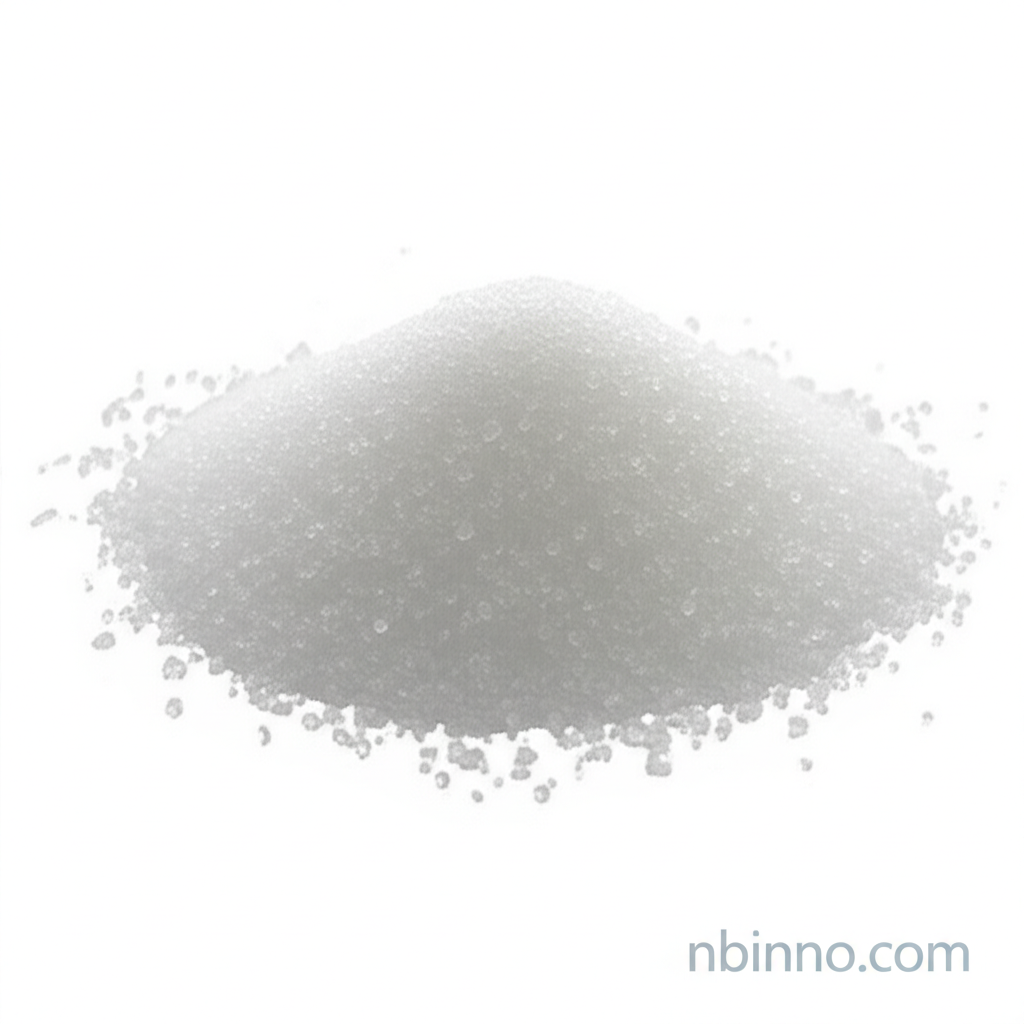Unlocking the Potential of 1,3-Propylenediaminetetraacetic Acid (PDTA)
Discover the versatile applications and key properties of PDTA, a vital compound for research and synthesis.
Get a Quote & SampleProduct Core Value

1,3-Propylenediaminetetraacetic Acid
1,3-Propylenediaminetetraacetic Acid (PDTA) is a significant chemical compound renowned for its utility in various scientific and industrial fields. Its precise molecular structure and chemical reactivity make it an indispensable tool for researchers and chemists.
- Explore the detailed PDTA chemical properties, essential for understanding its behavior in different reactions.
- Learn about the specific PDTA uses and applications, ranging from biological research to complex organic synthesis.
- Understand the critical PDTA storage and handling guidelines to ensure safety and maintain product integrity.
- The PDTA molecular formula, C11H18N2O8, highlights its complex organic nature, contributing to its unique chelating abilities.
Key Advantages Offered
Versatile Applications
The PDTA uses and applications are broad, making it a valuable asset in biological research, enabling precise experimentation and analysis.
Organic Synthesis Intermediate
As a crucial intermediate in organic synthesis, PDTA facilitates the creation of more complex molecules, driving innovation in chemical development.
High Purity and Quality
With a standard purity of 98%, the white crystals of PDTA ensure reliable and consistent results in demanding research and production environments.
Key Applications
Biological Research
Leverage PDTA's unique properties for critical functions within biological research, aiding in a deeper understanding of cellular processes.
Organic Synthesis
Utilize PDTA as a key building block in organic synthesis, opening doors to novel compound creation and chemical advancements.
Chemical Intermediates
Discover the role of PDTA as a vital chemical intermediate, supporting the production of a wide array of specialized chemicals.
Material Science
Explore potential applications of PDTA in material science, leveraging its structure and reactivity for new material development.
